5. Burning
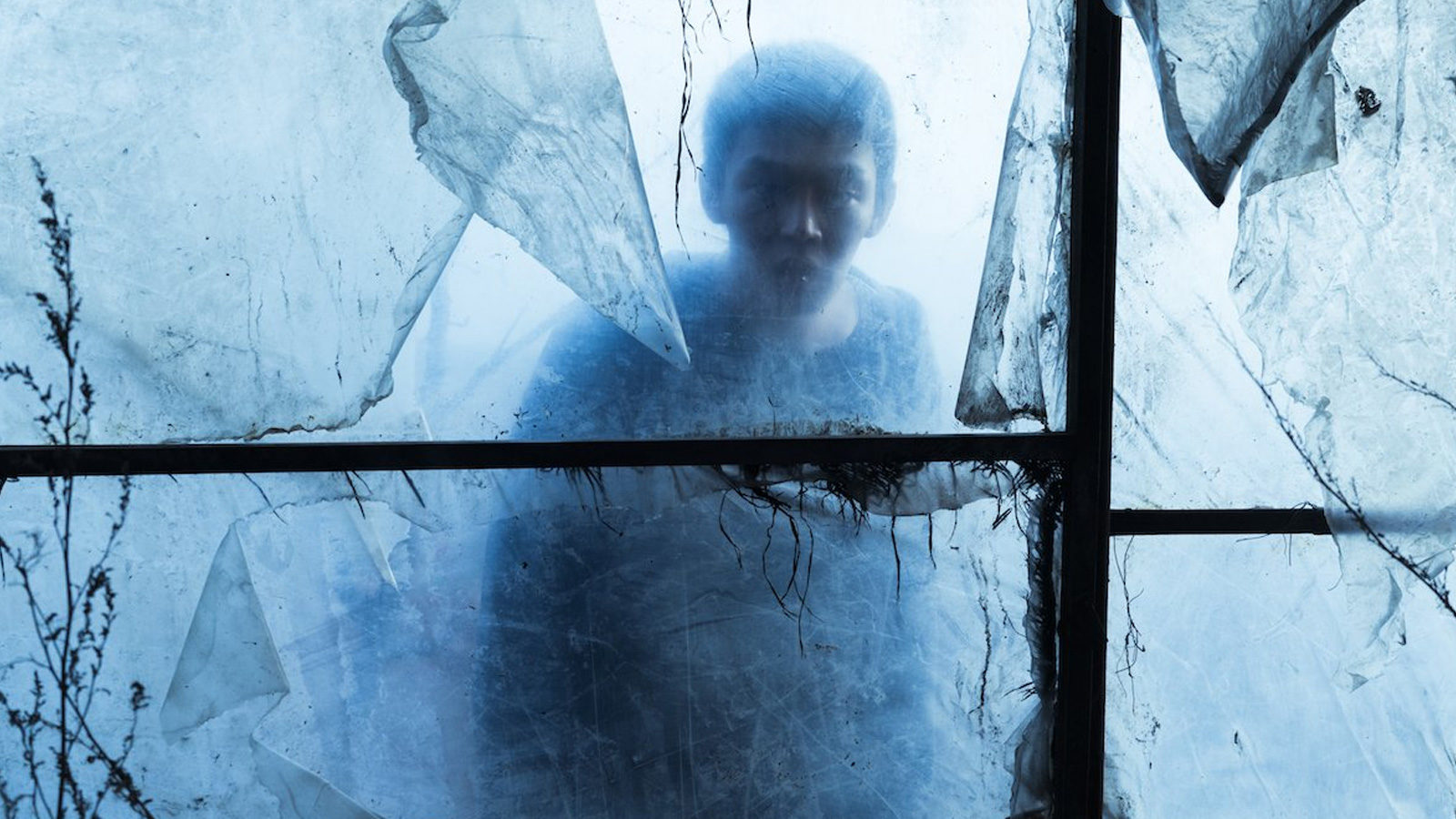
Chang-dong Lee’s poetic filmography entails a vast treasure of pure artistic beauty and idealistic richness. His most recent endeavor of “Burning” is one of the most complex and intelligently crafted pieces of his work, incising new cognitive channels between conscience and reality.
“Burning” is focused on Jongsu, his frustrations, and his longings. The evolving situations and involved characters are idols projected on the thin surface of Jongsu’s subliminal. In this fashion, the film’s wholeness seems to be structured by a total of mental reflections, describing a both real and surreal state of mind which progressing toward an extravaganza of emotions and thoughts.
Lee accomplishes his high aim, perfectly delineating his main character and delicately sculpting a plastic sphere of senses, as he dares a cinematic plunge into subconscious. “Burning” is a brilliant, very well written film which stands out for its both visual and contextual uniqueness, and was made not to be forgotten.
4. Happy as Lazzaro
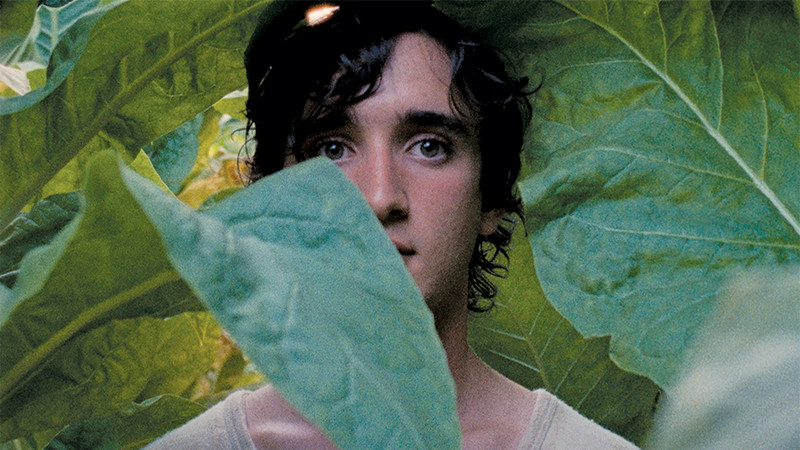
Alice Rohrwacher’s “Happy as Lazzaro” is as refreshing as birth, and as clean as pure nature. Its leaf-embraced and warm-colored provincial Italy seems like a forgotten, unharmed terrain of the past somewhere in out gray, smoky present. On the top on the film’s heartwarming Eden stands Lazzaro, the humble king of kindness.
Lazzaro is a twenty-something naïve peasant, whose huge gentle eyes reflect on a bottomless kind soul. His hearty friendship with moonstruck and buccaneer Tancredi brings him for the first time face-to-face with the greedy monster of a modern city, where Lazzaro appears as a primitive figure of an erst raw and genuine human nature.
Rohrwacher attempts a trick in “Happy as Lazzaro”: she places us in his unfamiliar environment and makes us feel really comfortable in its almost scent-spreading and simple beauty, until we are shocked by the big city life while watching an urban landscape together with Lazzaro. This film is a feast for the eyes and mind, and Rohrwacher’s so far.
3. First Reformed
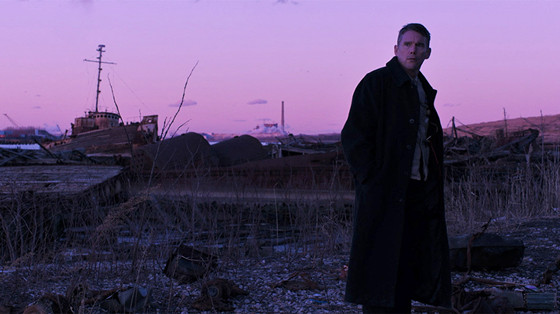
Paul Schrader’s “First Reformed” is one of the most meticulous films that deal with religious, amalgamating various different approaches toward religion from a sophisticated aspect. Moving onwards and backwards along the lines which he carved, Schrader methodically composes a complicated psychological profile in his own unique way.
Ethan Hawke stunningly embodies Toller, a pastor of a very old and significant church which has recently turned to one of the city’s main attractions, involving frustrating commercial parameters. As Toller accepts to offer advice to one of the churches visitors, their conversation incites tantalizing memories of his past and thoughts about his future, leading his toward an inevitable questioning of his faith.
Toller is one of the most profound and complex characters in the history of American cinema. His inner battle is the real battle of religion. His final outburst is what we would have expected from Schrader. In the textured and so close, almost able to be touched, setting of his life we see the religion that we’ve made. Brilliant and audacious, this is one of the previous year’s best films.
2. Roma
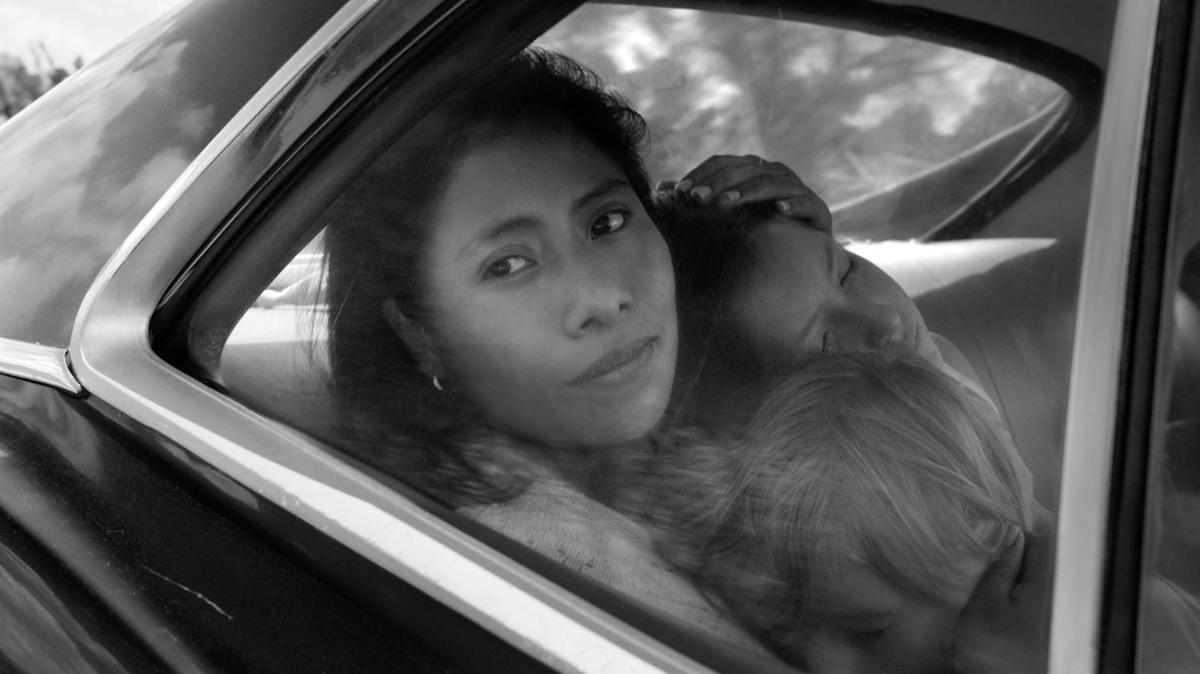
Alfonso Cuarón’s best and most personal work yet to come “Roma” is a tribute to the life of Cleo: a silent soul, a mother and a servant who lived during the 1970’s in Mexico and bore every load of her destiny, stoically and reverently. She wasn’t a hero. She didn’t try to change her fate, but history is full of people like her and we must remember them.
Inspired by his own childhood, Cuarón draws a painting of a Mexico that existed and still exists, in its fused beauty and ugliness, in its bright light and wet bleakness. There is richness and poverty in this world. There is also misery in richness and joy in poverty. You sense loneliness and betrayal, but you also sense love and dedication. Cleo was involved in every of this, and still stood alone. She was adored and abandoned, but her way was still just hers.
This story doesn’t criticize, forgive, or romanticize. It doesn’t need heroes. It’s a slice-of-life drama that exposes the maladies of our kind as they take form in a specific space-time setting. Full of allegories and embraced by poetry, “Roma” is pure life, pure art, and pure cinema.
1. Shoplifters
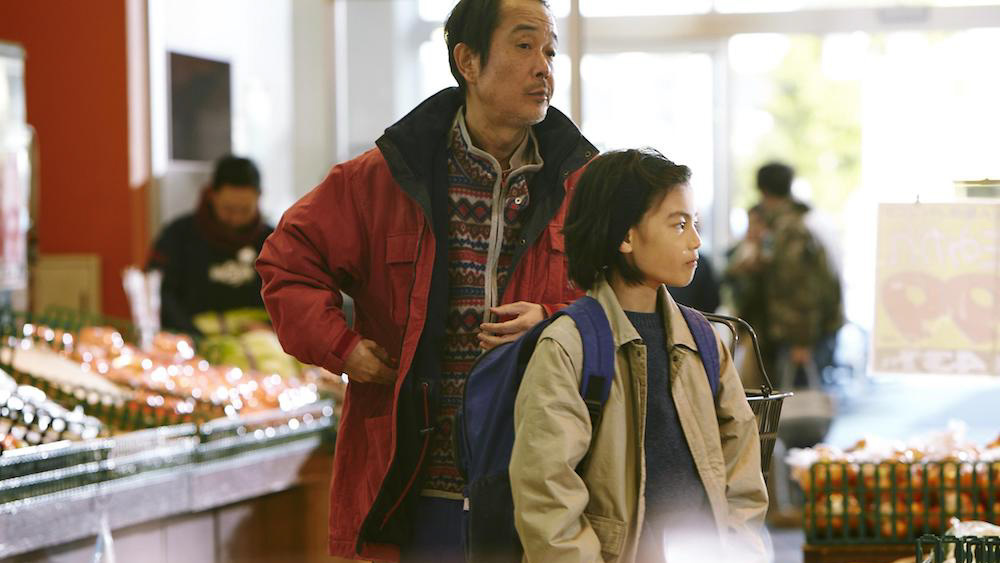
The reality of “Shoplifters” happens on a breakthrough that could traverse the entire globe from its one edge to the other. Its universal nature is deep and descriptive, leaving no possibility for an indifferent reaction from the viewer’s part. Hirokazu Koreeda’s newest cinematic endeavor, in its simplistic portrayal of a commonly accepted decadence, is a contemporary masterpiece of Japanese cinema.
The film’s protagonists are the marginalized people of their city. They have accepted their social exhaustions, living in the shadows of a monster city. They make a living by steeling and selling their bodies. Theirs life is a void struggle that happens in the automatic circle of the day, for the sake of the instinctive scope of survival.
In a neorealist mood, in its slow pace and in its thematic significance, this is the kind of work that the seventh art ‒as a mirror and an influencing parameter of our societies‒ needs these days. Reflective of our present, recent past and forthcoming future, the bleak sphere of this film is made with water and soil of the ground we push every day.